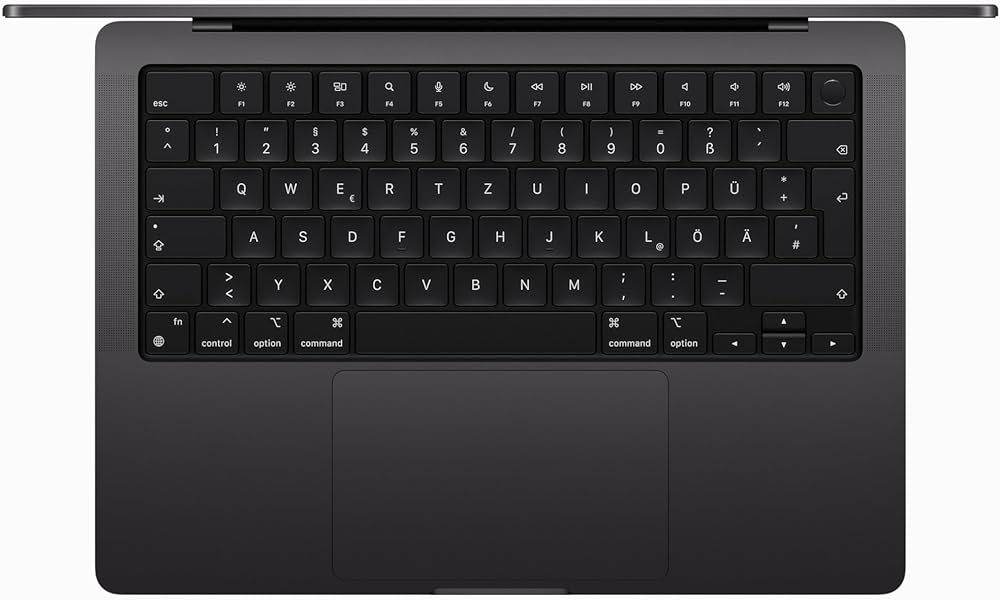

Over the last five years, Apple has consistently been lauded for its M-series processors. Beginning with the initial M1 chip, which was astonishingly rapid yet exceptionally power-efficient, Apple has significantly enhanced its chips with each iteration while also branching out into new Pro, Max, and Ultra variants. With the introduction of the latest Apple M5 chip featuring next-generation AI graphics, Apple provides a substantial advancement in GPU and SSD capabilities. The new 10-core GPU encompasses Neural Accelerators within each core, and the improved SSD delivers twice the read and write speeds compared to the previous generation.
Indeed, even users of the M4 MacBook can perceive differences in graphics performance relative to the new model or notice accelerated speeds when transferring large quantities of data. Although the internal components are being upgraded annually, it seems that the design of the entry-level MacBook Pro is beginning to feel outdated, as the M5 chip appears to exceed what the chassis can effectively manage. In evaluations conducted by YouTuber Vadim Yuryev from Max Tech, he observed that the M5 Mac becomes hotter than its predecessor under demanding workloads.
The M5 MacBook Pro may have a cooling issue. Vadim performed a thorough comparison between the M4 and M5 MacBook Pro models. During his Cinebench 3D rendering assessment, the M5 began to throttle due to elevated temperatures. The crux of the matter is that the base model MacBook Pro features only a single fan, whereas the Pro and Max chip configurations come with two. As a result, the M5 chip operates slightly hotter than the M4, thereby affecting performance in certain tasks. The YouTuber recommends that Apple incorporate a second fan into the base model MacBook Pro.
This addition would enable the processor to deliver even greater performance as the system would be more effective at dissipating heat. Given these insights, it wouldn’t be far-fetched to predict that when Apple launches the M5 MacBook Air, we may encounter comparable issues, particularly since the MacBook has a fanless design. With rumors of Apple planning to reveal a reimagined MacBook Pro featuring a touchscreen OLED display by late 2026, the company might opt to include a second fan in the base model M6 generation MacBook Pro, allowing it to sustain greater power without throttling.